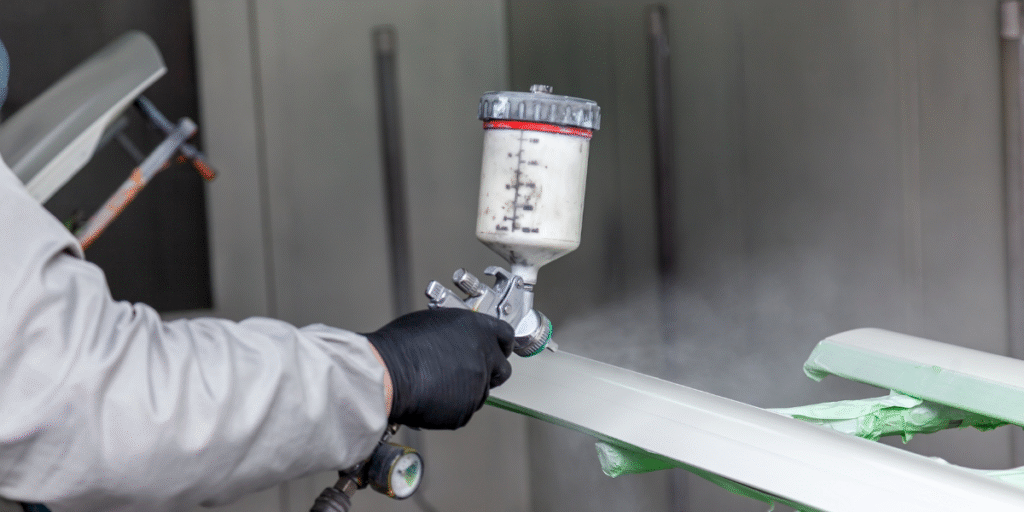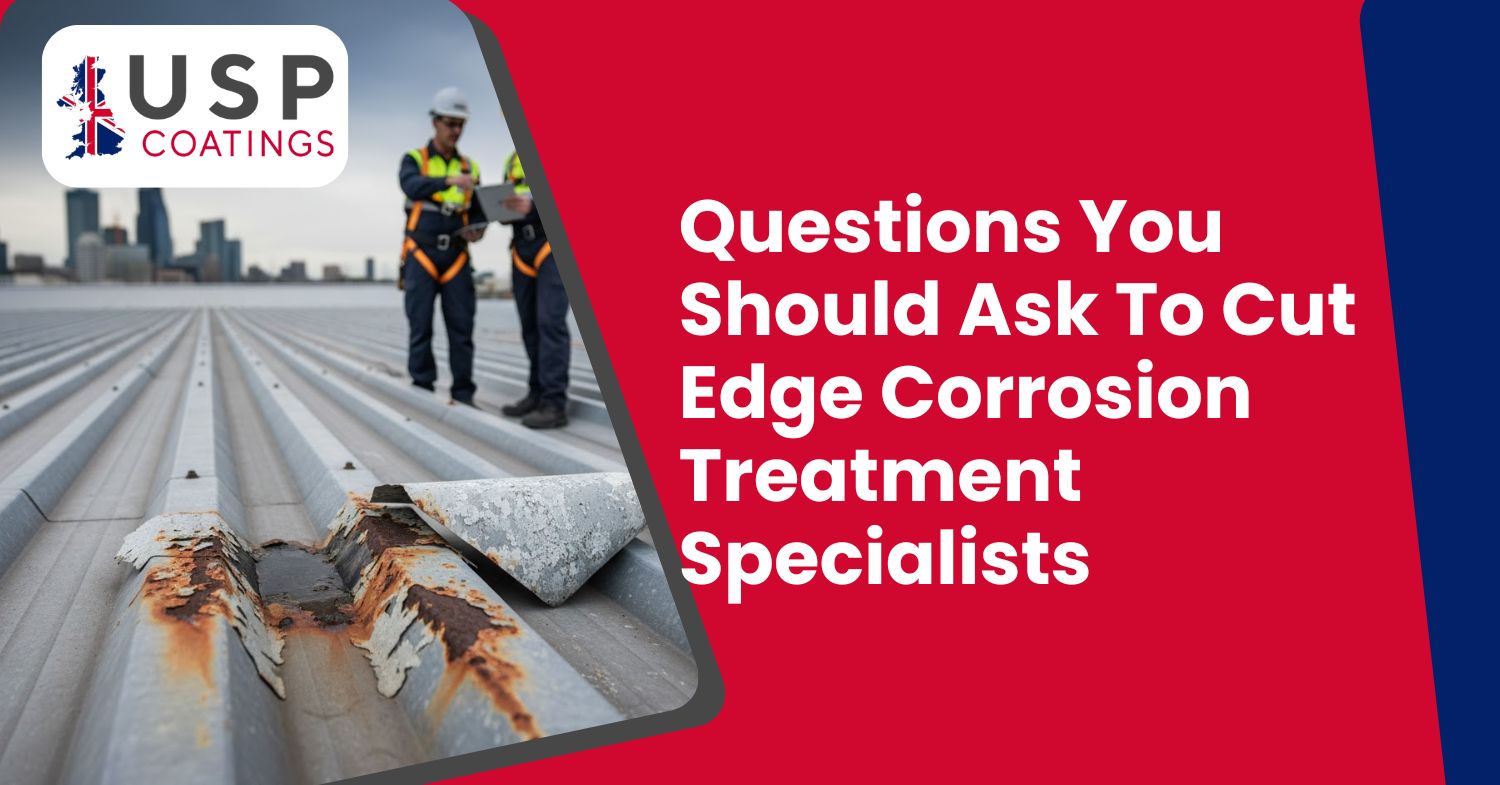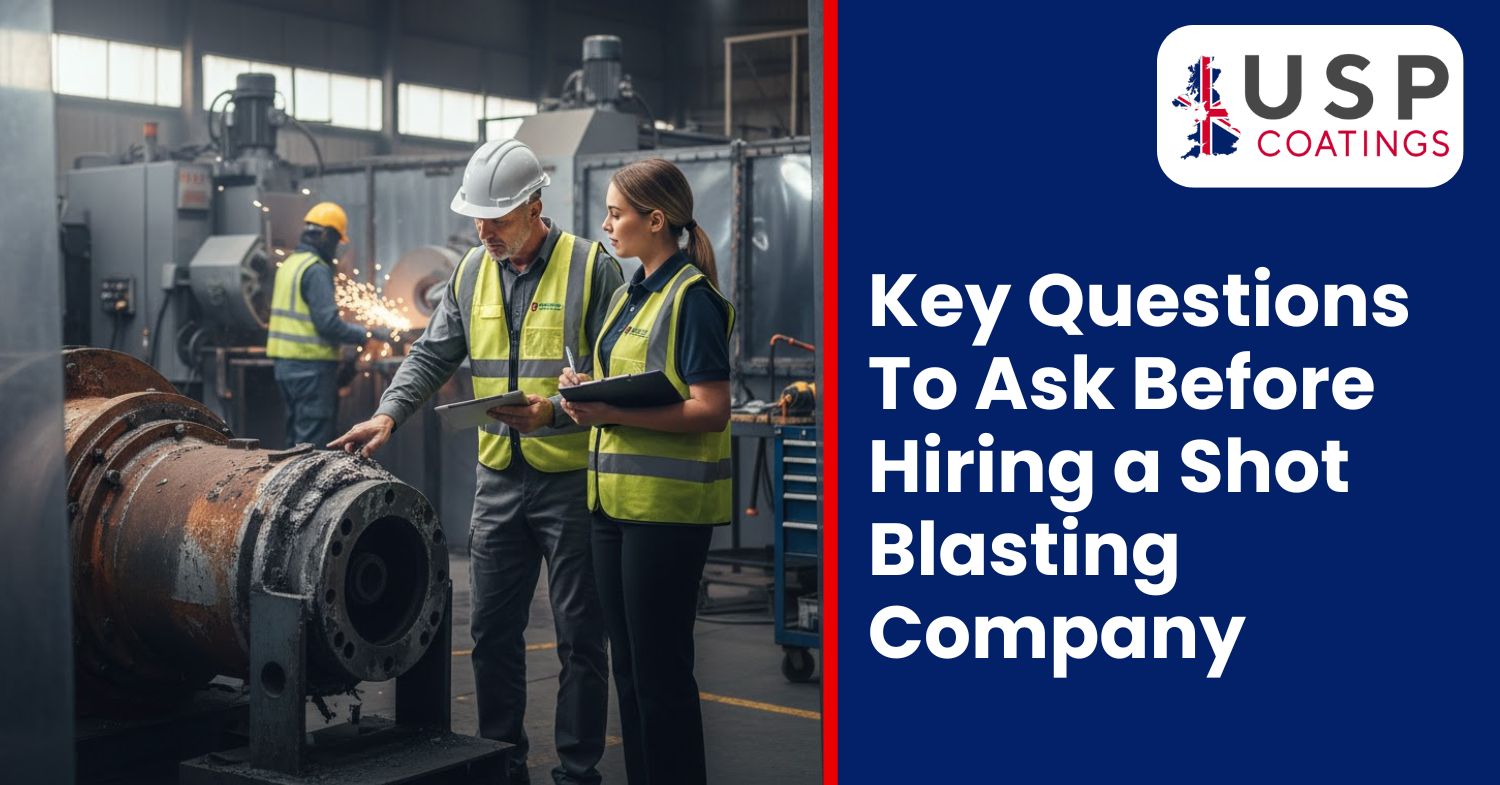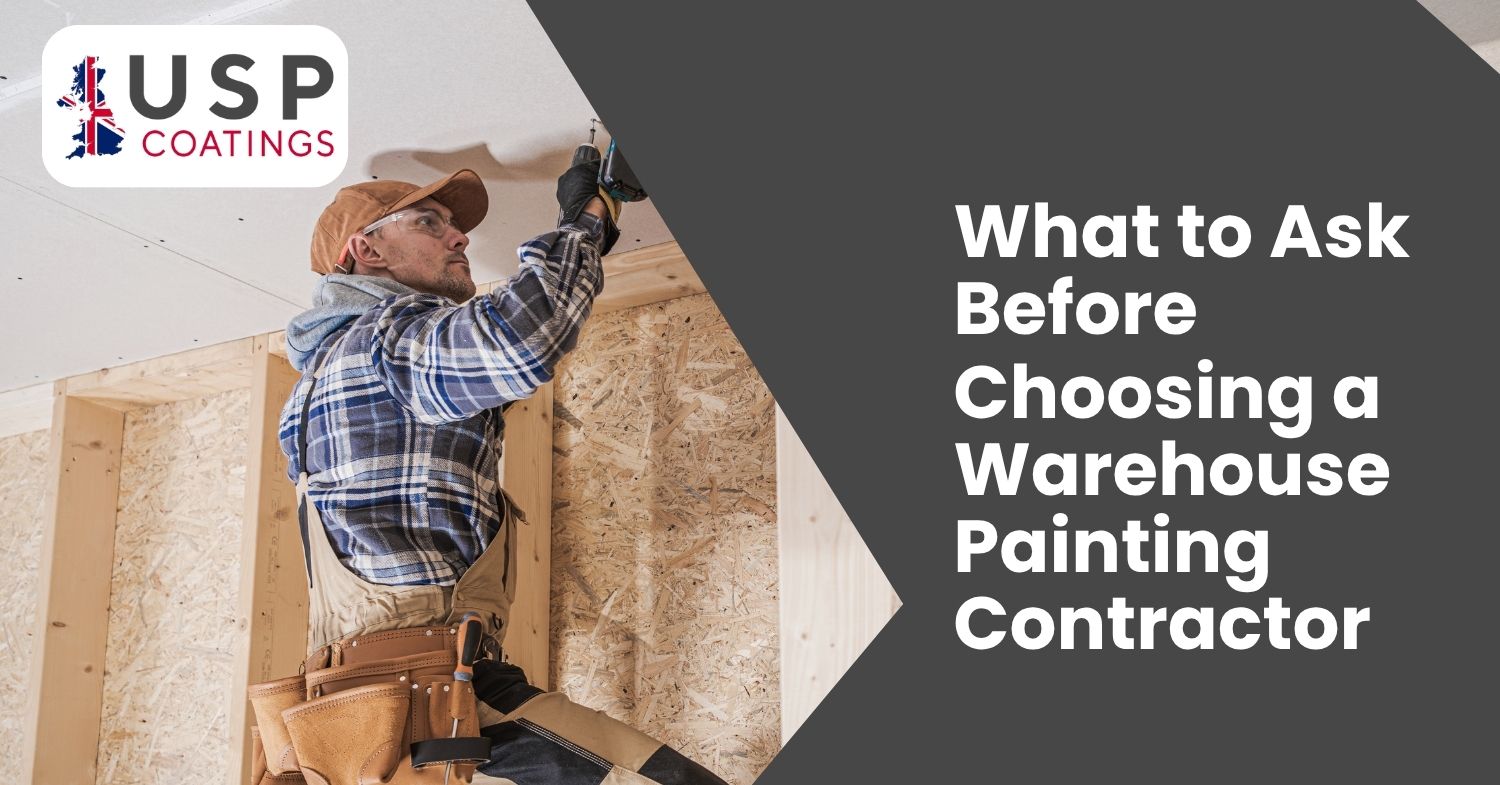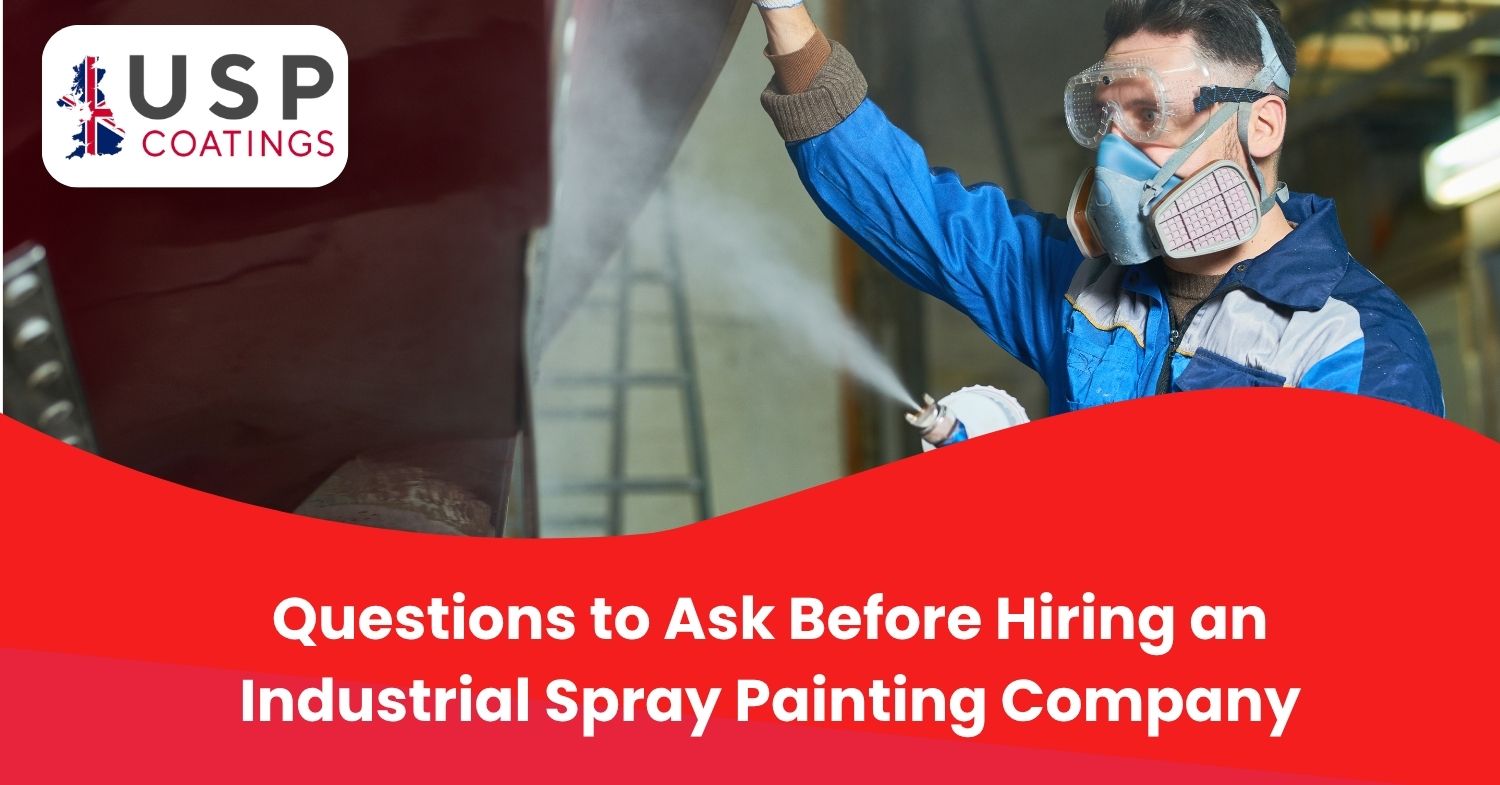The Story Behind the Paint. It started with a worn-out entrance. The kind of place where the paint looked tired, faded, and chipped, hardly the first impression a business wants to give. Repainting seemed like a huge disruption, and replacing cladding entirely was too expensive. That’s when one building manager discovered on-site spray painting. It transformed the property over a weekend, with no business closure and zero mess.
The result? A sleek, modern look that cost far less than expected. That experience isn’t unique; many commercial property owners are turning to spray painting because it delivers lasting visual impact without the usual headaches.
What Is On-Site Spray Painting?
On‑site spray painting is a method that uses industrial spray systems to apply coatings directly to building facades, metal structures, doors, frames, and other surfaces. Unlike manual brush or roller work, this approach delivers clean, even coverage with professional-grade paints.
The core benefit is speed, while still ensuring durability and uniform finish. It uses high-pressure or HVLP equipment to atomize paint and apply multiple thin layers, creating a consistent, factory-quality surface without replacing materials.
Why Commercial Properties Prefer On-Site Spray Painting
Commercial buildings face intense wear and tear. Sun exposure, rain, pollution, and constant use can all age a property prematurely. Traditional painting methods require long lead times, scaffolding, and often disruption to business hours. Spray painting solves these challenges while also delivering better results.
It provides a consistent finish that covers complex or textured surfaces easily. Large areas can be coated efficiently, reducing labor costs and project time. For businesses that operate seven days a week, the ability to spray after-hours or on weekends means there’s no need to shut down or inconvenience customers. These practical benefits, paired with the aesthetic upgrade, make on-site spray painting a preferred choice for commercial properties of all kinds, from retail units and office buildings to warehouses and shopping centers.
Cost and Time Savings Compared to Traditional Painting
Traditional painting may seem cheaper at first, but it usually takes more time and effort. Preparing surfaces manually, applying multiple coats, and allowing for drying times can extend a project by days or even weeks. Add in the costs of scaffolding, business downtime, and potential cleanup, and the total can escalate quickly.
On-site spray painting, on the other hand, significantly reduces labor hours and material usage. With fast-drying coatings and efficient coverage, most commercial projects can be completed in 1 to 3 days, depending on size. For example, a 500-square-meter metal-clad building might require a full week using rollers. A spray team can complete that same job in just 2 or 3 days, with fewer workers and no visible seams or brush lines. The result is faster project delivery, lower total costs, and a polished appearance that lasts longer.
How the On-Site Spray Painting Process Works
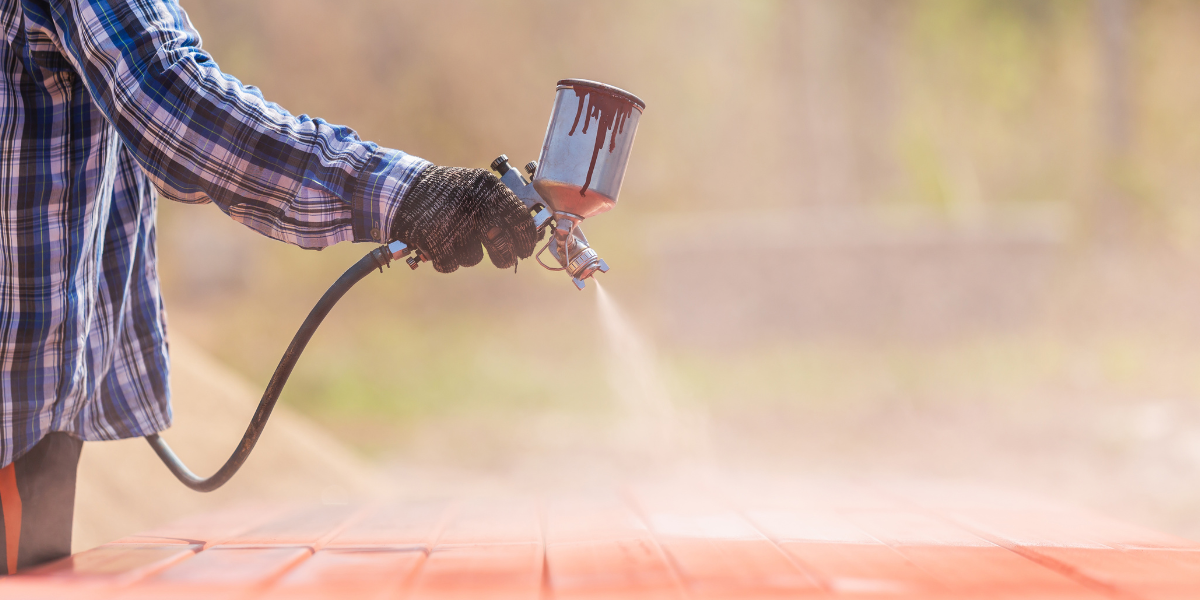
Every successful spray job begins with meticulous preparation. The surface is first cleaned with industrial-grade degreasers and power-washed to remove dirt, grime, and previous coatings. After drying, technicians mask surrounding areas, windows, ground, and signage to protect against overspray. Primer is then applied if needed, depending on the substrate, followed by one or more coats of topcoat using HVLP or airless spray equipment.
This process ensures every layer bonds correctly to the surface, resulting in a smooth, durable finish. Most paints used are low-VOC, weather-resistant, and color-stable, meaning they won’t fade or peel under sunlight or harsh conditions. Once complete, the masking is removed, the area is cleaned up, and surfaces are inspected for consistency. The turnaround time is minimal, and most projects are ready for use within 24 hours.
Key Benefits of On-Site Spray Painting
Spray painting isn’t just about making your building look good. It delivers long-term performance advantages too. Here are a few highlights:
- Fast application reduces downtime and labor costs
- Uniform finish on complex shapes and textured surfaces
- Extended durability with UV-resistant and anti-corrosive coatings
- No scaffolding required for most projects, saving time and money
- Color flexibility with access to full RAL and British Standard palettes
In addition to these, businesses also benefit from improved brand perception, increased property value, and reduced maintenance costs.
Real-World Examples: Commercial Spray Painting Results
One retail chain had over 20 locations with aged, faded cladding. Instead of replacing panels, they opted for on-site spraying. Each store was completed in under three days, including prep and drying time. The transformation was immediate, customers noticed, and employees felt proud to walk in every day.
Another client, a warehouse facility, had structural beams with years of forklift damage and surface corrosion. The spray team abraded, primed, and coated the steel within operational hours, restoring both safety and appearance without halting work. These stories show how spray painting isn’t just cosmetic, it’s strategic.
Choosing the Right Spray Painting Contractor
Hiring the right contractor makes all the difference. Look for professionals with experience in commercial environments, as the scale, scheduling, and safety requirements are more demanding than residential jobs. A good contractor will walk you through a full scope of work, explain their masking and prep process, and offer warranties on materials and application.
Always ask for before-and-after examples, check customer reviews, and make sure their coatings meet fire and safety regulations. It’s also worth confirming whether they can work off-hours to reduce disruption to your operations.
When Is Traditional Painting Still a Good Choice?
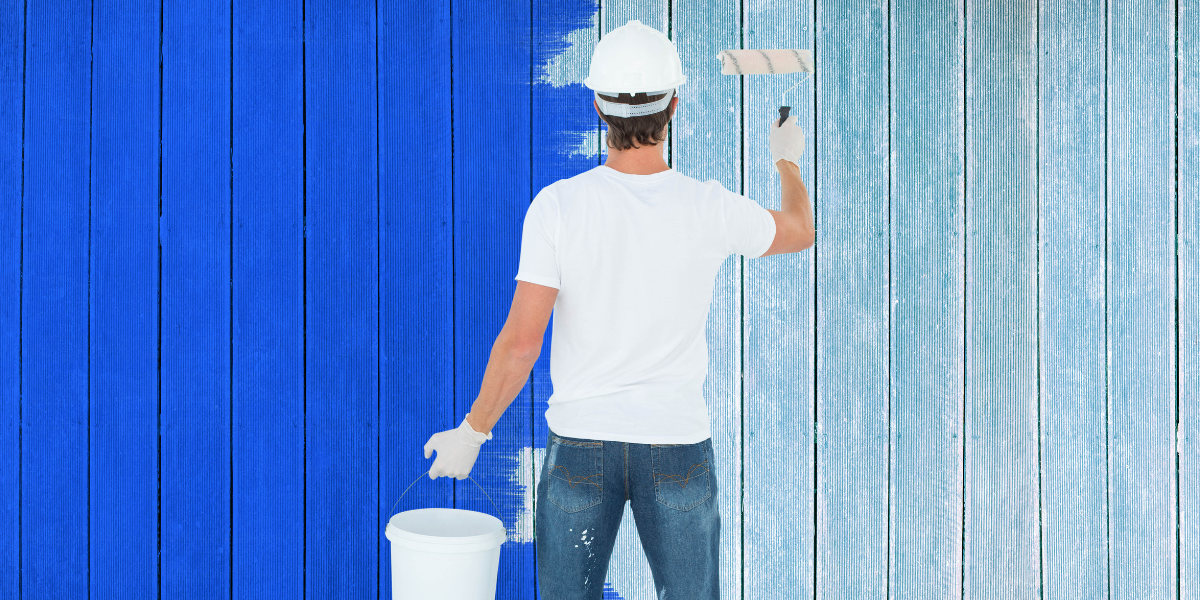
While spray painting has many advantages, there are still cases where traditional painting works well. Small interior rooms, decorative touch-ups, or areas where spraying is impractical due to space or ventilation concerns may be better suited for rollers or brushes.
Some surfaces may also require specialized treatment that isn’t compatible with spray methods. The key is to evaluate each area based on size, exposure, and end-use before deciding on the best approach.
Conclusion
On-site spray painting is a modern solution that fits today’s fast-paced commercial world. It helps businesses upgrade the look and feel of their buildings without long waits, heavy costs, or major disruption. Whether you manage retail stores, offices, or industrial facilities, this approach offers speed, quality, and long-term value.
With the right contractor and coatings, you can refresh your property in days, not weeks, and create a professional appearance that lasts for years. It’s more than paint, it’s an investment in your brand.
Want a Lasting Finish Without the Disruption?
Let USP Coating refresh your windows, doors, or cladding with durable spray finishes designed for commercial impact. Book your free site visit today.
FAQs
Will the paint peel or chip over time?
Not if applied correctly. High-performance coatings, when combined with thorough prep and primer, last over 10 years even in tough conditions. Regular cleaning can further extend the finish.
Can I choose a custom color?
Yes, most commercial spray painters offer full RAL and British Standard color ranges. You can match your brand or existing elements for a seamless look.
Will there be strong smells or fumes?
Not usually. Most contractors use low-VOC or water-based paints with proper ventilation systems, making it safe for occupancy soon after application.
